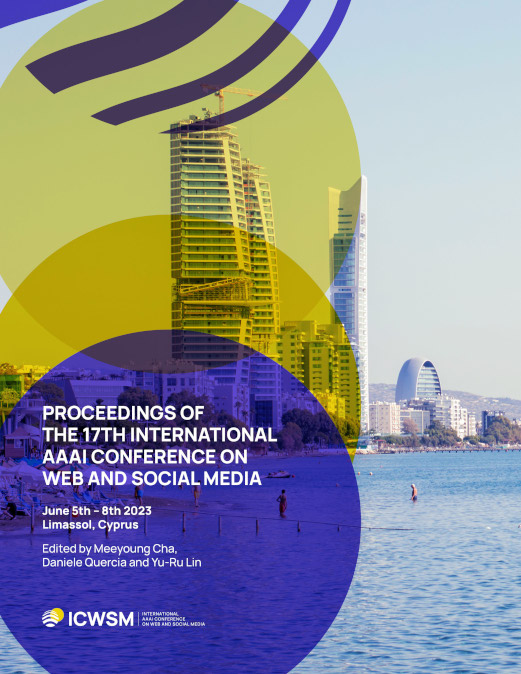Bridging Nations: Quantifying the Role of Multilinguals in Communication on Social Media
DOI:
https://doi.org/10.1609/icwsm.v17i1.22174Keywords:
Social network analysis; communities identification; expertise and authority discovery, Qualitative and quantitative studies of social media, Organizational and group behavior mediated by social media; interpersonal communication mediated by social media, Text categorization; topic recognition; demographic/gender/age identificationAbstract
Social media enables the rapid spread of many kinds of information, from pop culture memes to social movements. However, little is known about how information crosses linguistic boundaries. We apply causal inference techniques on the European Twitter network to quantify the structural role and communication influence of multilingual users in cross-lingual information exchange. Overall, multilinguals play an essential role; posting in multiple languages increases betweenness centrality by 13%, and having a multilingual network neighbor increases monolinguals’ odds of sharing domains and hashtags from another language 16-fold and 4-fold, respectively. We further show that multilinguals have a greater impact on diffusing information is less accessible to their monolingual compatriots, such as information from far-away countries and content about regional politics, nascent social movements, and job opportunities. By highlighting information exchange across borders, this work sheds light on a crucial component of how information and ideas spread around the world.Downloads
Published
2023-06-02
How to Cite
Mendelsohn, J., Ghosh, S., Jurgens, D., & Budak, C. (2023). Bridging Nations: Quantifying the Role of Multilinguals in Communication on Social Media. Proceedings of the International AAAI Conference on Web and Social Media, 17(1), 626-637. https://doi.org/10.1609/icwsm.v17i1.22174
Issue
Section
Full Papers

